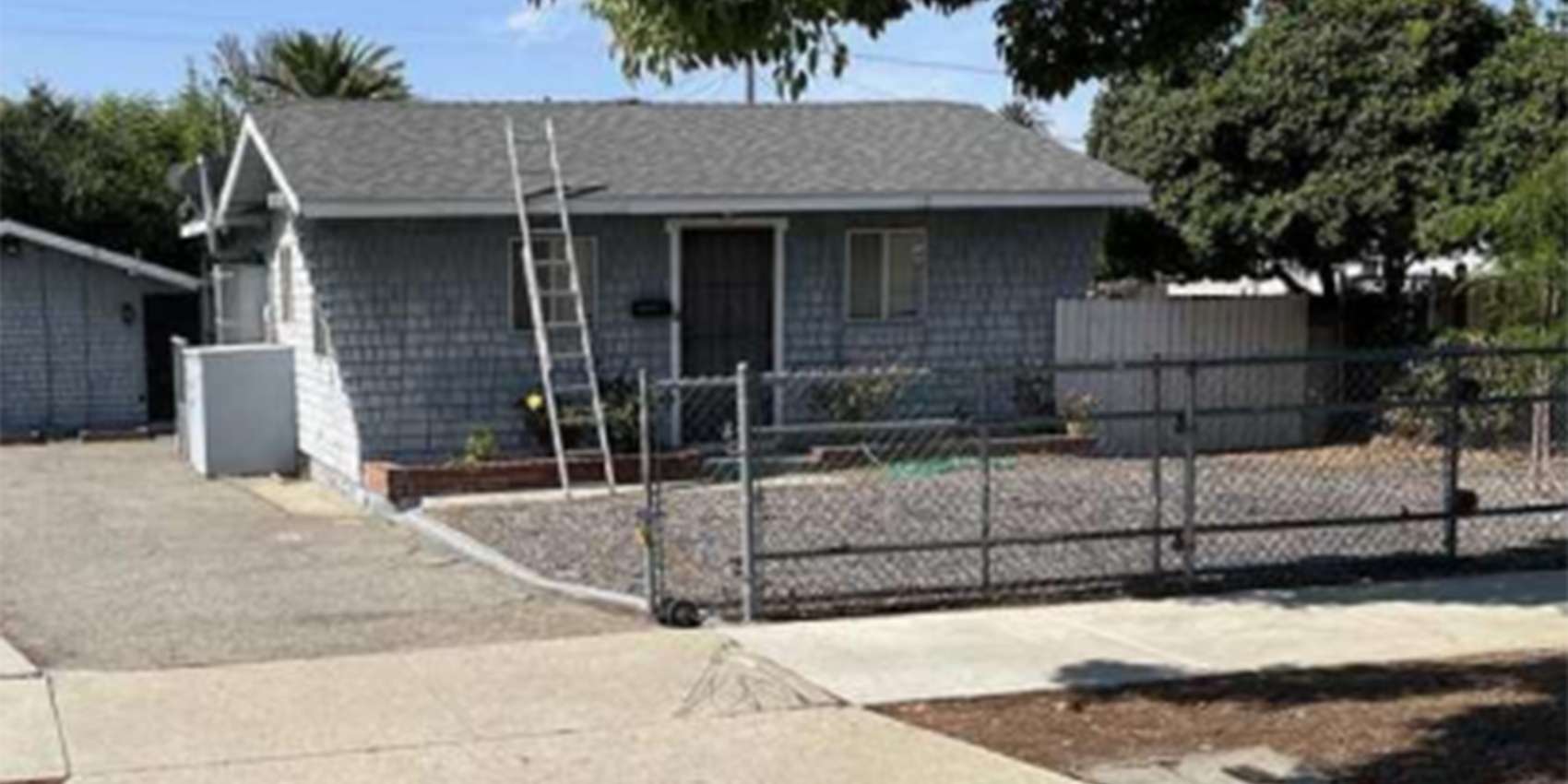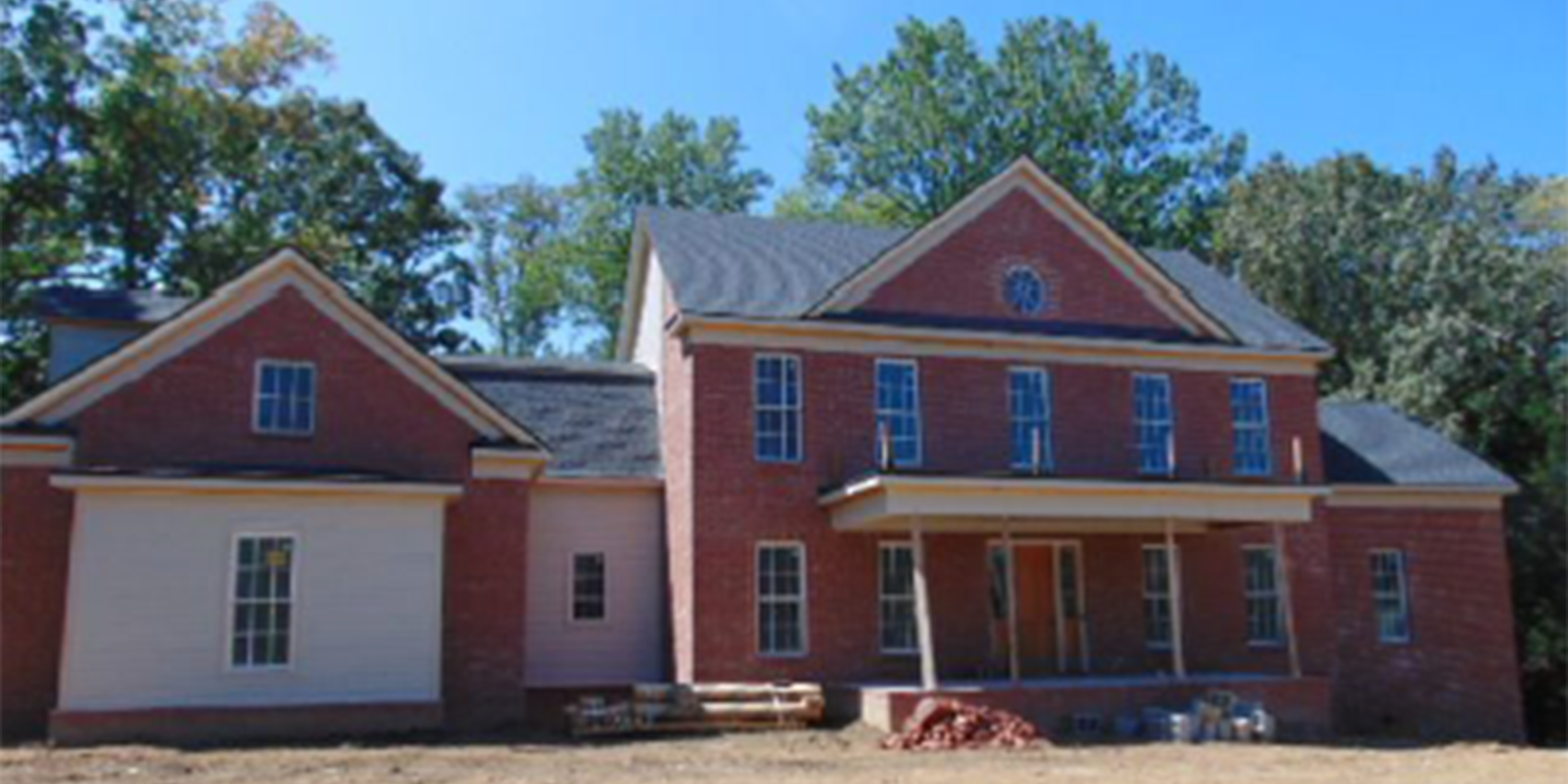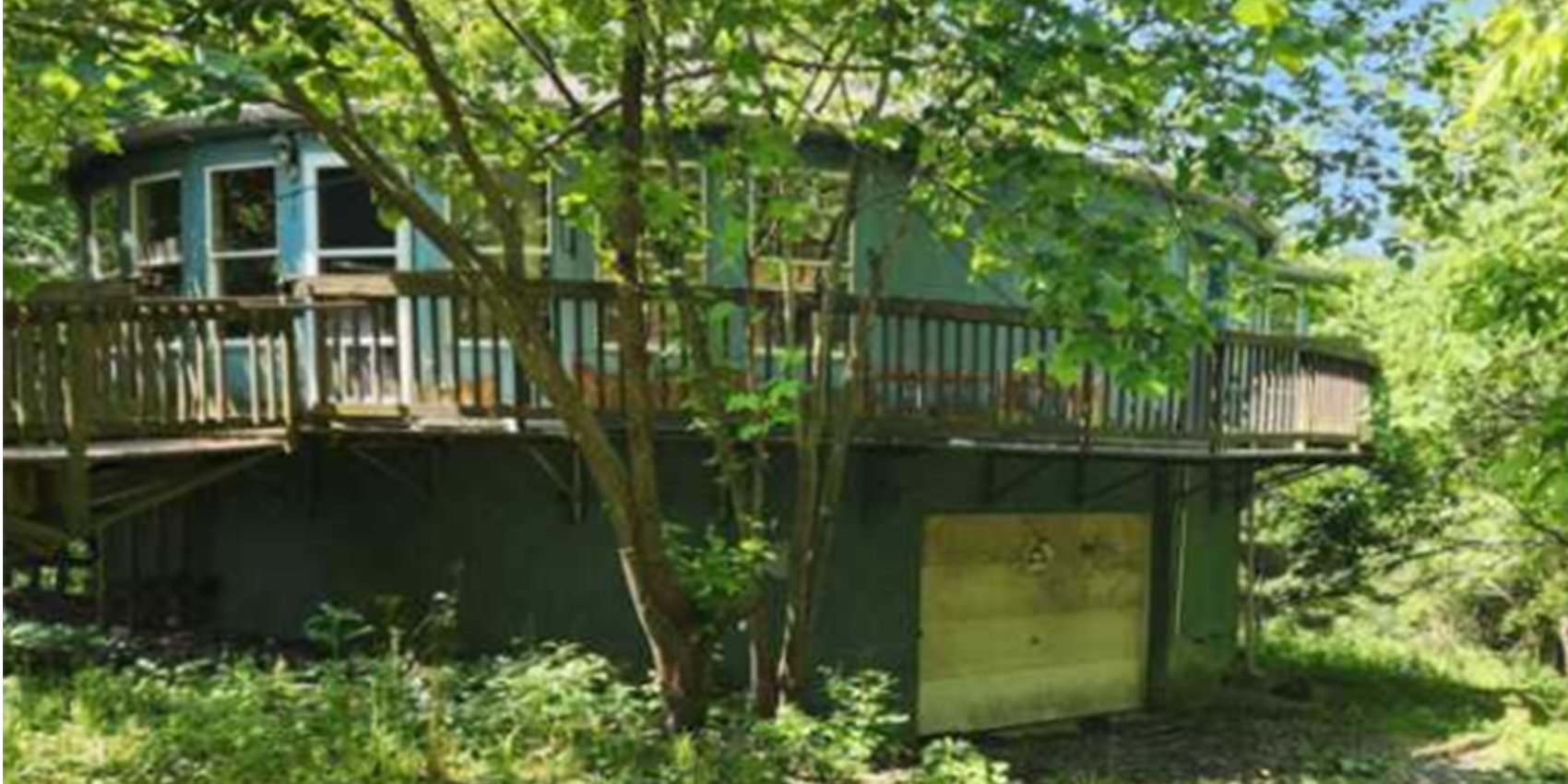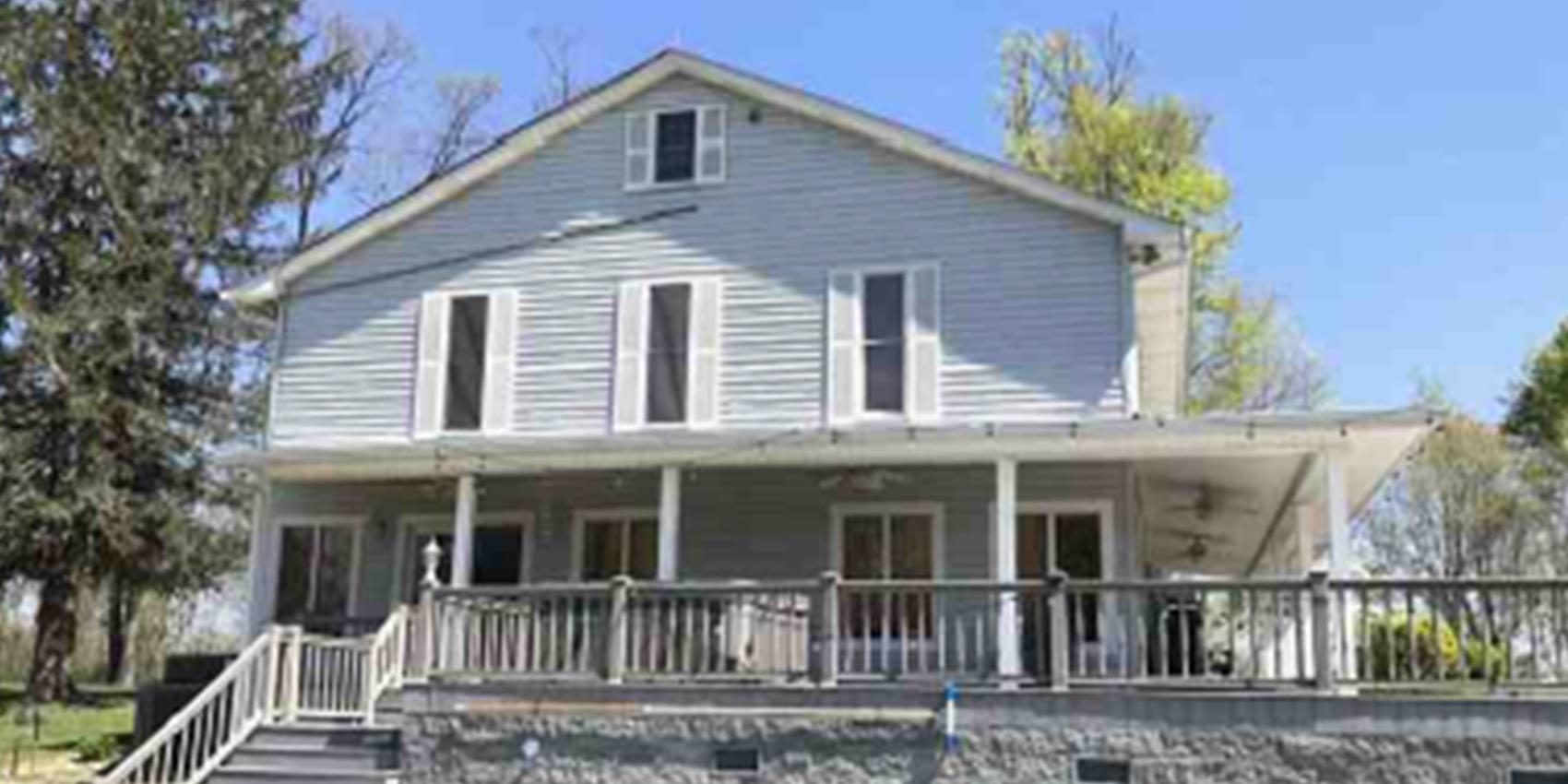Once upon a time, Detroit stood as the fifth largest city in the US. Its economy by virtue of its automotive offerings was thriving; nearly two million called this urban hub home. But as the saying often goes, “all that glitters is not gold.” Detroit gradually started to lose its luster as excessive government spending, out-of-control taxation, and the migration of key factories to more cost-effective suburban regions led in large part to the city’s downfall. Flash forward 70 years, and Detroit has seen a marked decrease in population numbers as well as a staggering decline in property value. The city is in many ways a shadow of its former self.

What does this have to do with the current climate and the obstacles many major hubs around the nation are now facing? What the automobile industry represented to Detroit in the 50s and 60s, the tech sector represents to places like the San Francisco Bay Area, New York and Los Angeles. And yet such metropolitan mainstays are failing to heed the lessons of the past.
Areas such as the Bay Area and New York are increasingly looking at negative demand and as such, in some ways, inevitable de-urbanization. Tech companies are fleeing these urban hubs in large numbers and are now calling more financially and geographically-friendly cities home. Given the ramifications of COVID-19, the situation for many major city centers is looking somewhat dire as real estate investors begin to eye far more promising opportunities.
The Pandemic and the Work From Home Shift

Working from home is no longer a futuristic buzz term, it is a reality. The pandemic made sure that barriers to remote work were all but removed, and for metropolitan centers this meant that workers and companies alike began to see the light.
The migration into Sun Belt cities and even into rural regions became a foregone conclusion as these areas of the country offered more attractively priced housing, more affordable lifestyles and more space to spread out in the midst of a worldwide virus. And as the population goes, so do the investors. The relocation of corporations and higher income employees from big cities into second tier markets means that tax hikes are likely to follow in places like New York and San Francisco. This in turn will force more residents out, especially as many people are struggling just to get back on their feet after COVID.
Real Estate Investing Today
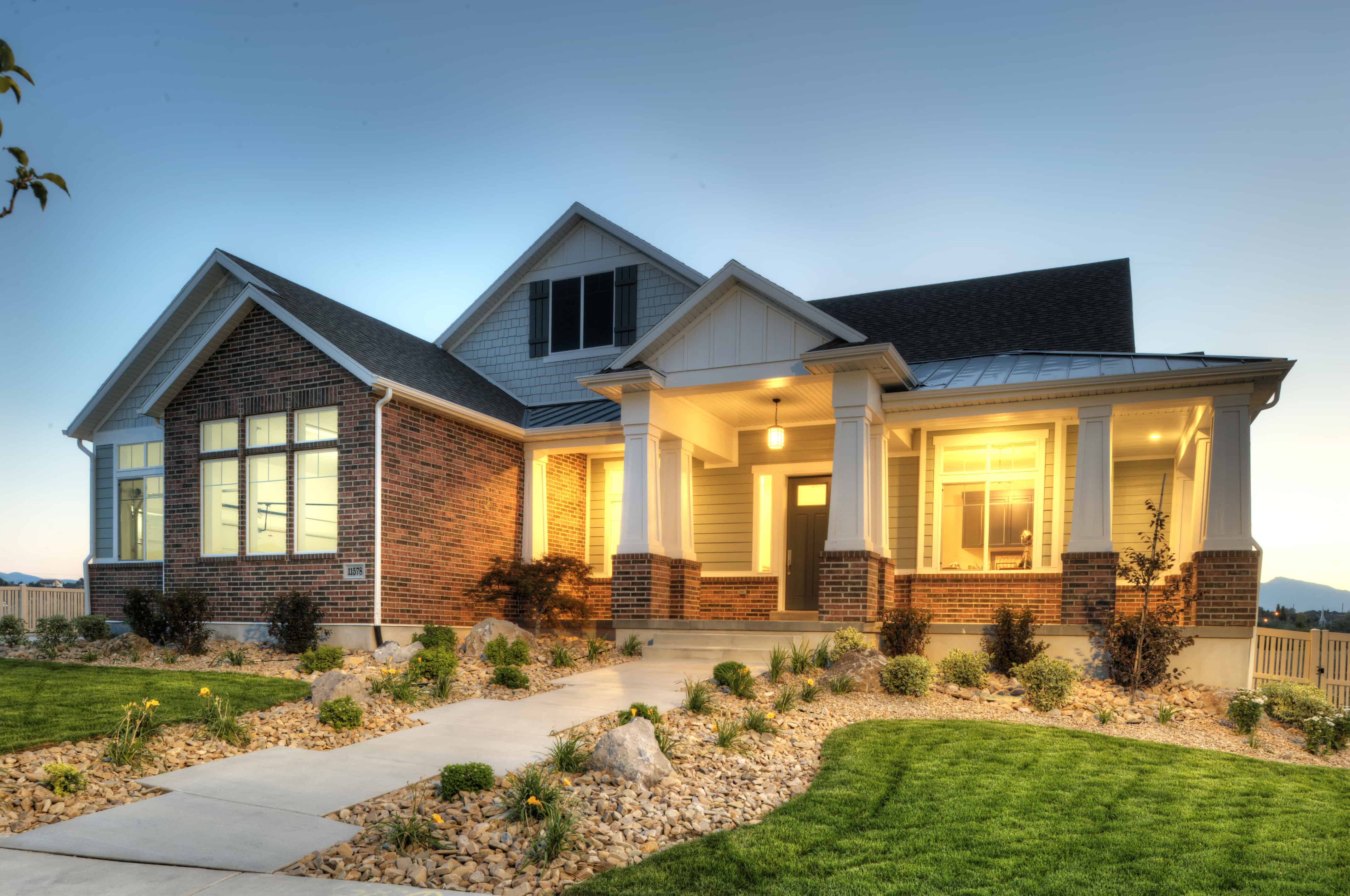
What is the reality of commercial real estate investing in a post COVID world? Given the large number of people and businesses moving to lower-density areas, the best deals are going to follow suit.
– Multifamily housing is in high demand in these second and third tier markets. Additionally, with the shift to lower density regions, we are seeing more attractive horizontal versus vertical communities pop up.
– The term “tech hub” has been given a facelift—the usual regions are being passed over in favor of cities with lower tax rates and more affordable property prices.
– The WFH revelation has opened up the world of CRE investing to brand new possibilities, which means the investor mindset has to be receptive to such opportunities.
The lessons of one-time thriving metropolitan areas now struggling just to keep businesses and companies in town are in some ways seemingly being missed by what we have historically thought of as
urban meccas. And so the process of identifying the most lucrative deals has been dramatically transformed courtesy of a worldwide pandemic. At Paradyme, we understand that real estate investing is constantly evolving. Our job is to guide our clients toward those properties and investments with the most potential for profit. We’d love to consult with you!



